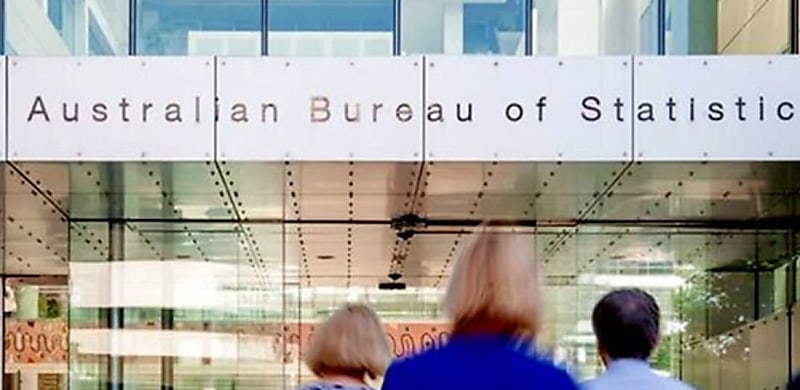
A new record has been set for external refinancing, with more than $19.5 billion of loans changing lenders in November, new data has shown.
Elevated levels of property refinancing have been officially confirmed as seasonally adjusted November figures for external refinancing value jumped 8.2 per cent to an all-time high of $19.5 billion for total housing, the latest Australian Bureau of Statistics (ABS) lending data has revealed.
While the figures ultimately recorded new loan commitments having dropped 3.7 per cent for housing last November, the boom in refinancing was notable.
Annual comparison since November 2021 means that housing refinancing was 20.4 per cent higher, the ABS highlighted.
Specifically in terms of which types experienced growth, for the owner-occupier housing sector, the refinancing rose 9.1 per cent to an “all-time high” of $13.4 billion, making it 27.1 per cent higher compared to a year ago.
Investor housing also rose 6.3 per cent to $6.1 billion, and was thus 7.8 per cent higher compared to last year’s figure at this time.
The results mirror recent industry data trends that underline the boom in mortgage refinancing presently.
Only recently did Mortgage Choice commission a survey that found that around one-third of Australian home loan customers are considering refinancing this year.
The Honeycomb Strategy-conducted survey revealed that 31 per cent of the 1,000 survey respondents said they are “looking to refinance their home loan in 2023”. The research has also identified the three groups most likely to seek out refinancing.
It found 44 per cent aged 35–44 are considering refinancing their home loans, while 41 per cent of borrowers have already refinanced a loan over the past two years. Additionally, 38 per cent of borrowers have previously seen a mortgage broker.
The research also found that those who refinanced over the last two years were greatly driven to obtain a better interest rate (58 per cent) or lower their repayments (35 per cent). Notably, 16 per said their current lender “would not provide the same interest rate as new customers”.
A snapshot of a continuing trend
While the ABS figures are for November 2022, industry data and analysis after that timeframe highlights the trend continuing.
December PEXA data revealed that as December’s Reserve Bank of Australia (RBA) cash-rate decision continued the rise, mortgagors were reacting from feeling the pinch.
Property digital-settlement platform PEXA confirmed the mortgage refinance boom is continuing in the rising cash-rate period, according to its latest Refinance Index.
For the week ended 6 December — when the Reserve Bank of Australia (RBA) increased the cash rate by 25 bps to 3.10 per cent — the index revealed refinancing activity was 177.9 points, up +0.4 per cent from the previous week (seasonally adjusted); up by 8.1 per cent from the same week year-on-year; and was hovering close to the recent peak of 179.5 points seen in September 2022.
Are counter inflationary levers kicking in?
Following 2022’s central bank cash-rate hikes, owning property is looking slightly less enticing now while the large numbers of those with it are doing all they can via refinancing to keep it, the ABS data highlighted.
In analysing new borrower-accepted finance commitments for housing, personal and business loans in November last year, when seasonally adjusted, it found new loan commitments dropped 3.7 per cent for housing; slipped 1.3 per cent for personal fixed term loans; tumbled 62.1 per cent for business construction (a typically volatile series) and fell 1.7 per cent in trend terms; plus dipped 0.7 per cent for business purchase of property (a typically volatile series) and thus falling 1.6 per cent in trend term, the ABS revealed.
Specifically for housing finance, the data showed last November when seasonally adjusted the value of new loan commitments:
- for total housing fell 3.7 per cent to $24.7 billion, following a 2.8 per cent fall in October. It was 24.3 per cent lower compared to a year ago;
- for owner-occupier housing fell 3.8 per cent to $16.4 billion and was 24.8 per cent lower compared to a year ago; and
- for investor housing fell 3.6 per cent to $8.3 billion and was 23.2 per cent lower annually, comparatively.
In terms of business finance for property, this figure fell 0.7 per cent, after a fall of 4.1 per cent in October. In trend terms, it fell 1.6 per cent, the ABS found.
[Related: Refinancing ‘extremely elevated’ as households feel rate pressure]
